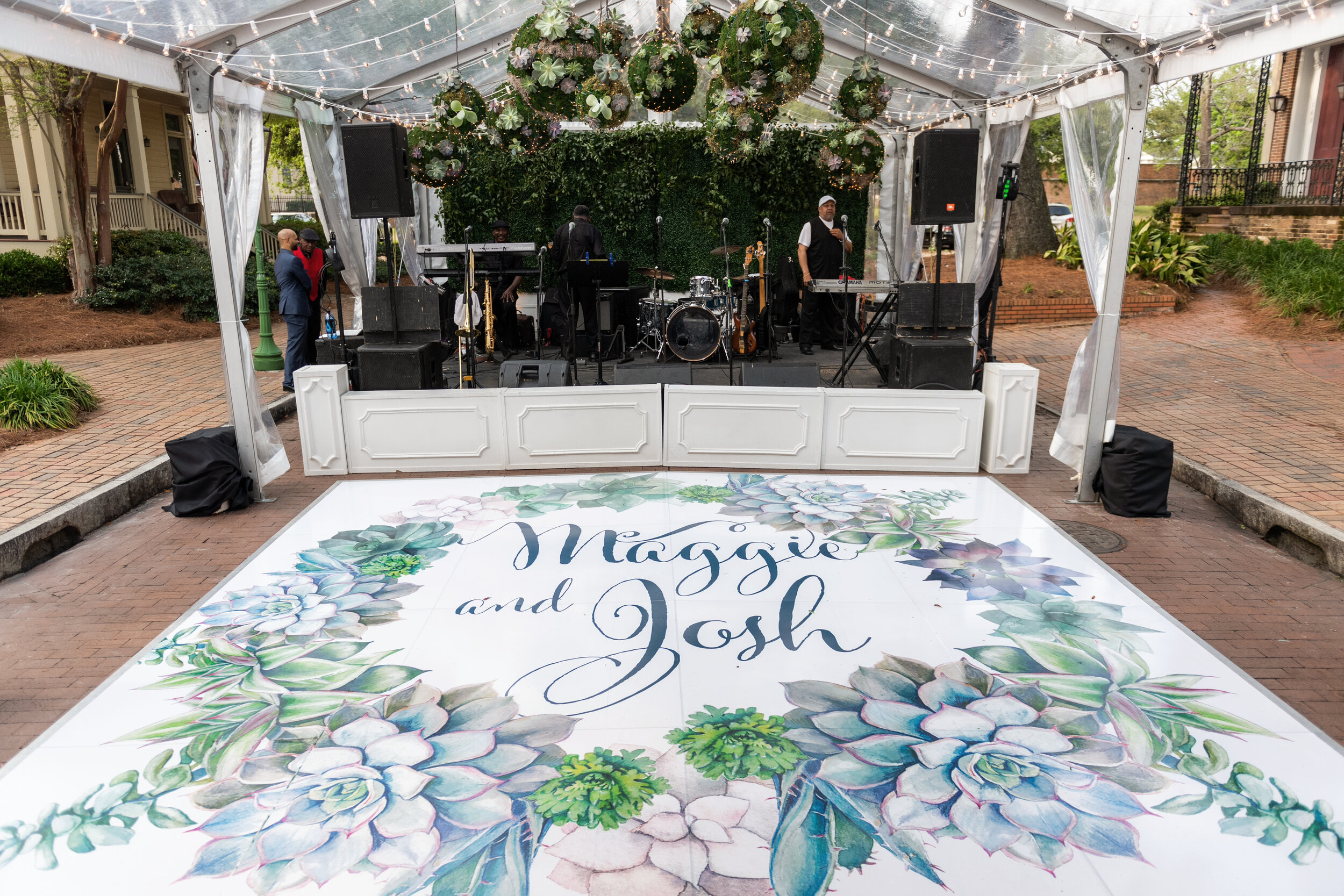Opting for the Best Materials for Building a Durable and Protected Outdoor Performance Floor
Selecting the right components for constructing a long-lasting and secure external performance surface is essential for ensuring an enjoyable experience. Outdoor dance floors must endure various climate conditions while providing a firm foundation for performers and participants. Thus, it is important to evaluate factors such as material durability, safety features, and maintenance requirements when making selections. This article will explore several appropriate materials and their advantages in creating an open-air dance floor.
One common choice for exterior dance floors is wood. Wood provides a classic and warm aesthetic that many find attractive. Solid woods like maple or ash are particularly favored due to their strength and ability to absorb impact, which can protect dancers’ joints. Additionally, timber has natural slip-resistant properties when finished properly, minimizing the chance of accidents. However, preserving a timber dance floor demands routine coating and resurfacing to protect it from moisture and UV damage, making it critical to account for the environment in which the floor will be placed.

Another viable option is synthetic composites, which blend wood fibers with plastic. These composites are designed to be impervious to moisture, mold, and fading from UV exposure. Synthetic dance floors provide durability similar to conventional wood without the intensive upkeep. They are more resistant to warping and cracking than wooden floors when subjected to extreme outdoor conditions. Furthermore, composite surfaces often have integrated slip resistance features, making them a safer selection for open-air occasions.
For those looking for a more contemporary solution, interlocking tiles made of PVC or rubber are excellent options. These tiles are crafted for hassle-free setup and can be reconfigured or swapped as needed. The flexibility of using interlocking tiles allows for quick setup and disassembly, making them Discover More suitable for temporary dance events or festivals. Additionally, these materials provide shock absorption that improves support while dancing and reduces the likelihood of accidents caused by falls. The non-porous nature of PVC and rubber also helps prevent water penetration, additionally extending the lifespan of the dance surface.
Ultimately, it is crucial to evaluate the site and intended use of the outdoor dance floor when selecting materials. For instance, if the dance floor will be installed in a heavily used area or subjected to harsh weather regularly, opting for durable surfaces that require low maintenance will be important. On the other hand, for lighter use or in more protected areas, less heavy options may be adequate. In any case, emphasizing safety aspects such as grip and impact resistance should stay at the forefront of planning.
In conclusion, building a durable and safe outdoor dance linked here floor involves thoughtful consideration of diverse materials appropriate for different settings and purposes. Wood offers timeless beauty but requires diligent maintenance; engineered composites balance aesthetics with resilience; interlocking tiles provide adaptability and convenience. At the end of the day, understanding the specific needs of the dance floor's intended use will guide material selection toward choosing the most suitable solution for an enjoyable and safe dancing experience outdoors.